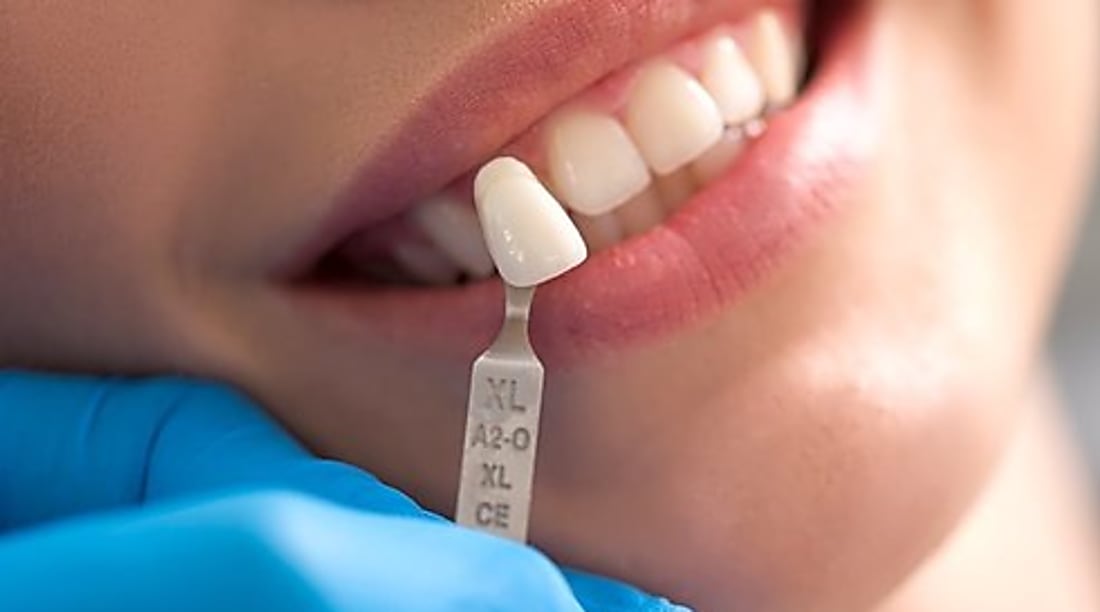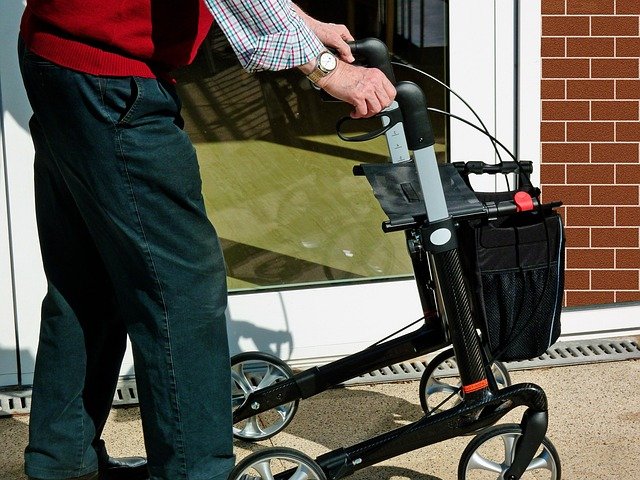An Insight into the Reformation of Juvenile Justice System
The first paragraph: The juvenile justice system, while often overlooked, plays a crucial role in shaping our society's future. Designed to rehabilitate rather than punish, it has undergone significant changes over the years, reflecting evolving societal attitudes. This article delves into this overlooked yet integral part of our legal system, charting its history, examining recent legislative changes, and considering its societal implications.

A Historical Overview of the Juvenile Justice System
The origins of the juvenile justice system can be traced back to the late 19th century. Prior to this period, children who committed crimes were tried in adult courts, often receiving harsh sentences. Recognizing that children needed a different approach, the first juvenile court was established in 1899 in Illinois. The key premise was to focus on the child’s welfare, with the court acting as a ‘parent’ in the best interest of the child.
The Shift from Rehabilitation to Punishment
In the late 20th century, the juvenile justice system saw a shift from rehabilitation to punishment. The public concern over juvenile crime and the perception that the system was too lenient led to the passage of laws that made it easier to try juveniles in adult courts. This period saw a surge in the number of juveniles serving time in adult prisons.
Recent Developments in Juvenile Justice Reform
However, the 21st century has ushered in an era of reform in the juvenile justice system. States are increasingly recognizing the importance of rehabilitation and are adopting a more humane approach. For instance, many states have raised the age at which a person can be tried as an adult, reduced the use of detention, and increased the use of community-based alternatives.
The Impact of Recent Legislative Changes
These legislative changes have significant societal implications. Firstly, they allow juveniles to be reintegrated into society, reducing the likelihood of reoffending. Secondly, they acknowledge the developmental differences between juveniles and adults, leading to fairer outcomes. Lastly, by focusing on community-based alternatives, they aid in addressing the root causes of juvenile crime, such as poverty and lack of education.
The Road Ahead for Juvenile Justice Reform
While considerable progress has been made, there is still much work to be done. The disproportionate representation of minorities in the juvenile justice system remains a pressing issue. Moreover, the availability of mental health services for juveniles is woefully inadequate. Addressing these issues is crucial to ensuring a truly just and equitable juvenile justice system.
The reformation of the juvenile justice system is a complex, ongoing process. It is a testament to our societal values and our belief in the potential for change. While challenges remain, the shift towards a more rehabilitative approach is a positive step towards creating a system that serves the best interests of our children and society.




